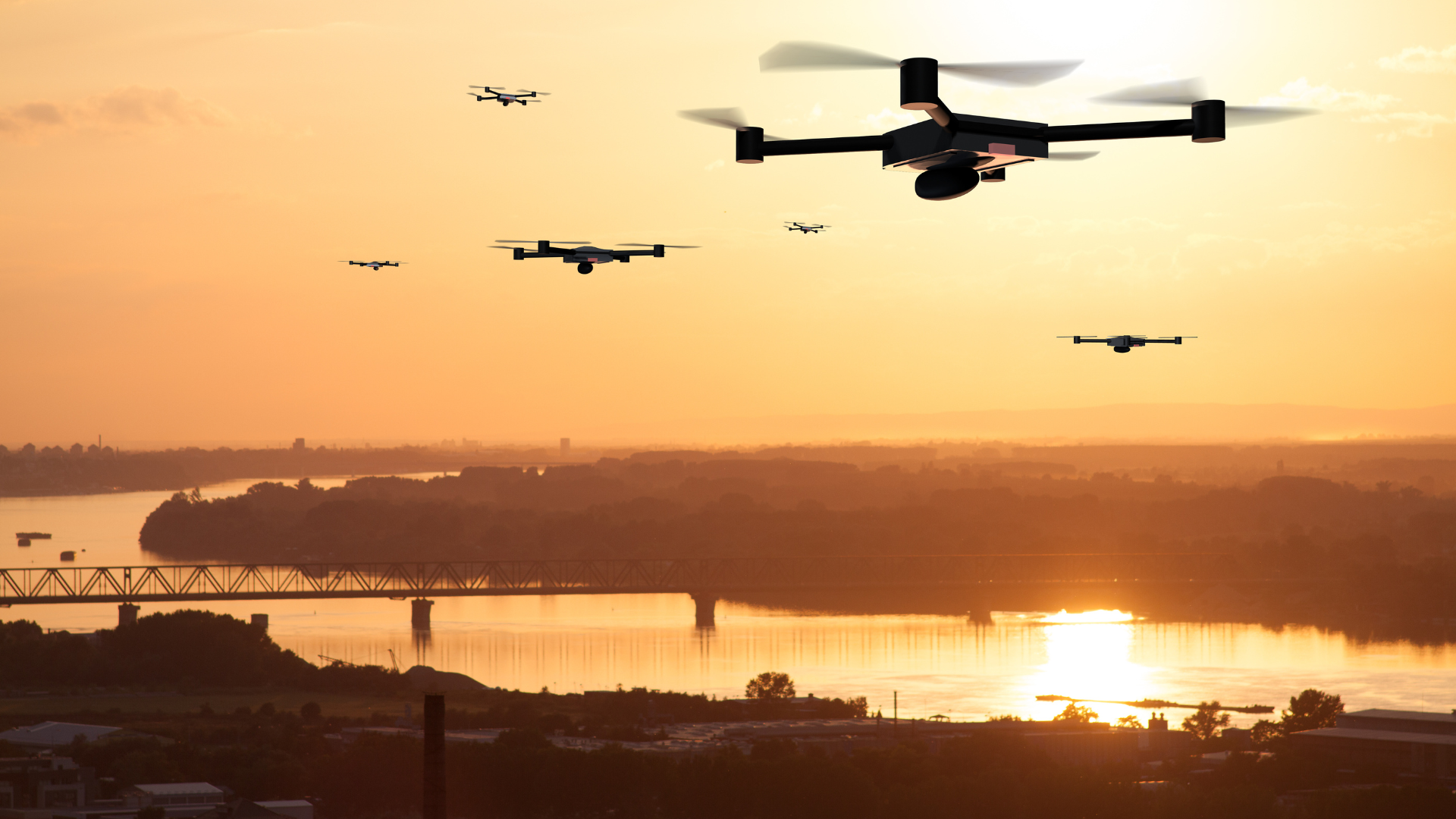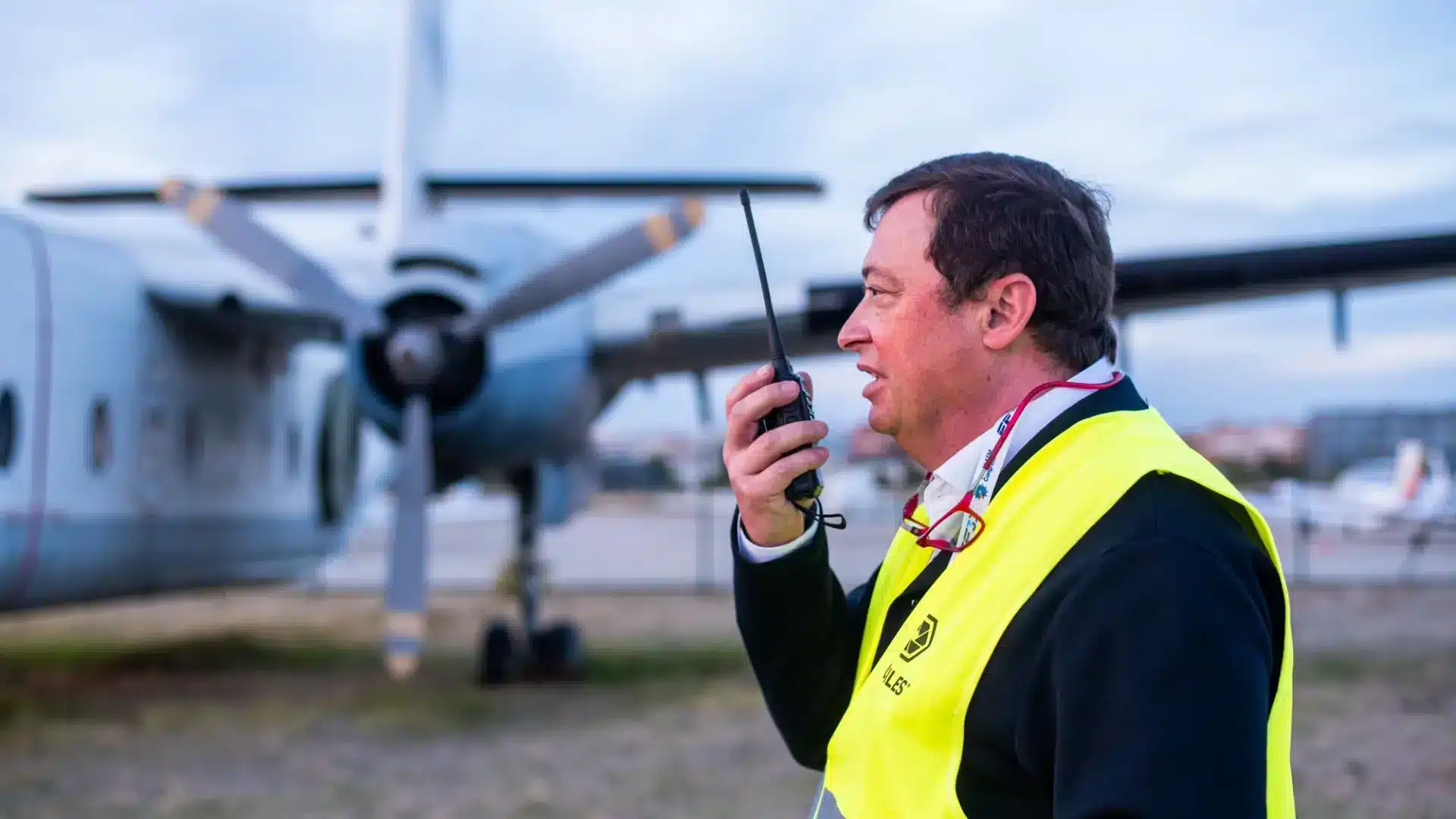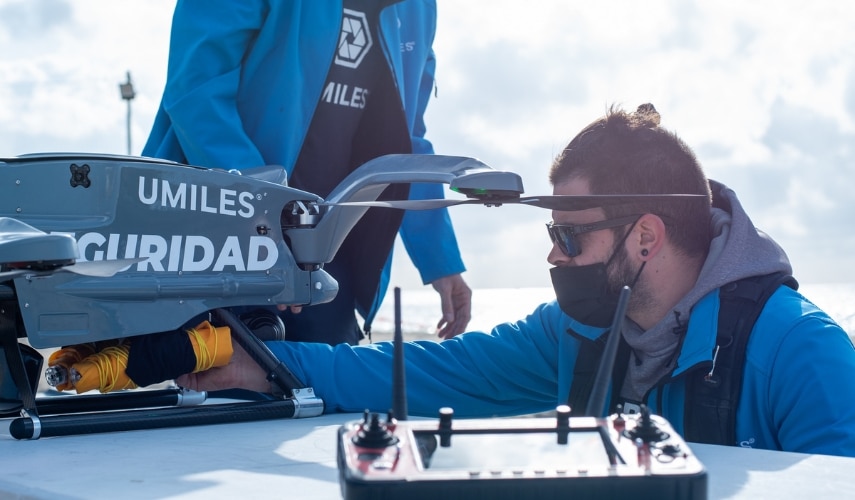The operational categories were modified at the end of 2020, since then they were divided into three main groups which are called open, specific and certified. It is just for this reason that in this article we have compiled the most advanced information about the drone categories, so that you are informed of all the changes and do not fail to comply with the current AESA drone regulations due to lack of knowledge.
Índice de contenidos
ToggleHow many and which are the drone categories?
As previously explained, drone categories are divided into 3 main groups (open, specific and certified). However, the open category is further segmented into 3 additional subdivisions known as “Drone Category A1 A3”, which group the most common types of drones used for both professional and recreational use.
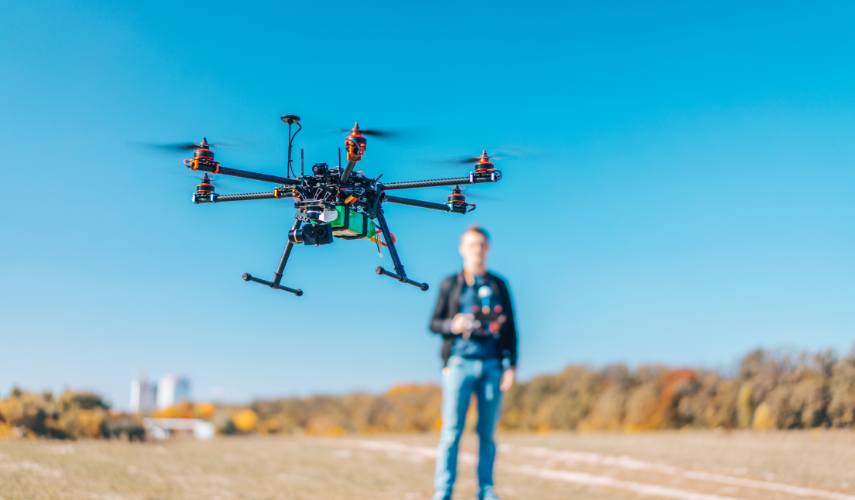
Open Category
The open category includes all low-risk drone operations conducted at a maximum height above ground of 120 m (658 ft). Generally, in the open drone category, no authorization from AESA is required to conduct a drone flight. However, in some cases it will be necessary to pass the AESA A1/A3 drone exam to certify that the pilot is qualified to perform the operation.
This classification is divided into three subcategories (Al, A2 and A3), each with its own restrictions and operational requirements. Depending on the type of drone, the pilot must apply for the A1 A3 drone license.
Subcategory A1
Operations in subcategory A1 are not allowed to fly over concentrations of people and must avoid overflying anyone not participating in the operation. Operations in this category must be conducted with aircraft with identification tags C0 or C1. This means that operations are low risk, but precautions must still be taken to avoid possible incidents.
Subcategory A2
Operations in subcategory A2, or A2 drone category, shall be conducted maintaining a safety distance of at least 30 m from individuals in the vicinity of the operation. This distance may be less if the aircraft incorporates the low speed mode.
This type of operations can only be performed with C2 class drones. This implies that operations may be slightly riskier than those in subcategory A1, but certain restrictions must still be followed to ensure safety.
Subcategory A3
Operations in subcategory A3 must be conducted in areas where no persons are endangered and at a minimum horizontal distance of 150 m from residential, commercial, industrial or recreational areas.
In addition, aircraft must have a maximum take-off mass (MTOW) of less than 25 kg or have a class C2, C3 or C4 rating. This subcategory is the most restrictive of the three, but allows operations with larger drones.
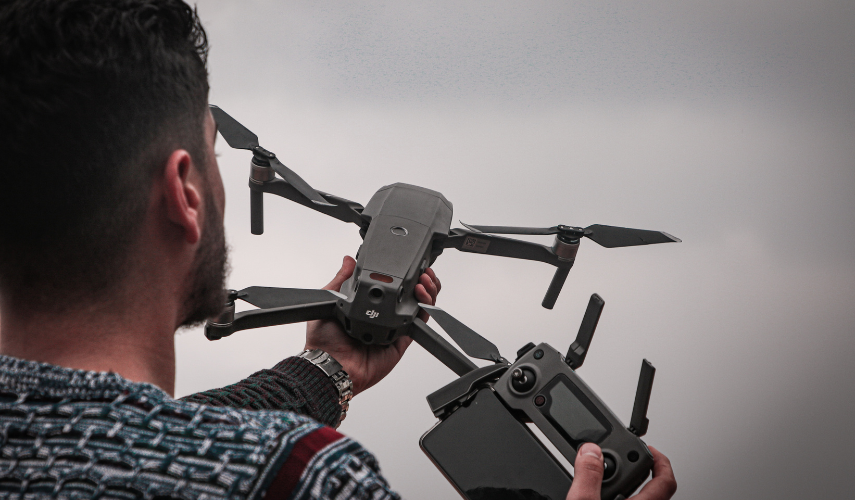
Specific Category
The specific drone category includes all medium risk drone operations. Within this category, two standard scenarios have been defined for which no authorization from AESA is required, a responsible statement from the operator would be sufficient.
These scenarios are designed for operations within the visual range of the drone pilot (VLOS flights) and outside the visual range of the drone pilot (BVLOS flights), respectively.
Certified Category
The certified drone category encompasses all high-risk drone operations conducted with aircraft with dimensions of 3 m or more. It also includes operations over concentrations of people, such as those performed with cargo drones for the transport of people or dangerous goods, or other operations considered high risk by AESA.
All operations performed within this category require certified drones, drone pilots have the necessary license and the operator has the certificate issued by AESA.
In UMILES we give you the opportunity to get certified through our UAS/drone pilot training in open, specific and certified category. Check how to obtain the drone license and join our professional drone pilot course so you can get certified and operate in any of these categories.
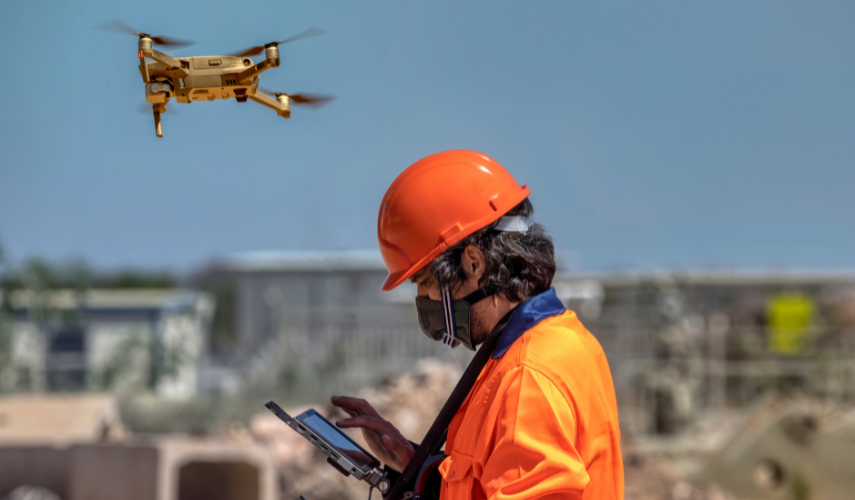
Which drones can you fly with A1 and A3?
Drones that meet the characteristics of subcategories C0, C1 and C2 of the open category are included in levels A1 and A3. These levels define the limits of the minimum distance drones must be kept from people and buildings.
- A1: Drones falling into subcategory C0 can fly at a minimum distance of 30 meters from people and 50 meters from buildings.
- A3: Drones that fall into subcategories C1 and C2 must maintain a minimum distance of 150 meters from people and 150 meters from buildings if the drone weighs more than 2 kg, or 50 meters if it weighs less than 2 kg.
Which drones can fly with A2?
The A2 category applies to drones that comply with the regulations established for the open category and have additional safety systems. Drones weighing more than 500 grams and up to 2 kg can fly in category A2 and must maintain a minimum distance of 30 meters from people and 50 meters from buildings.
